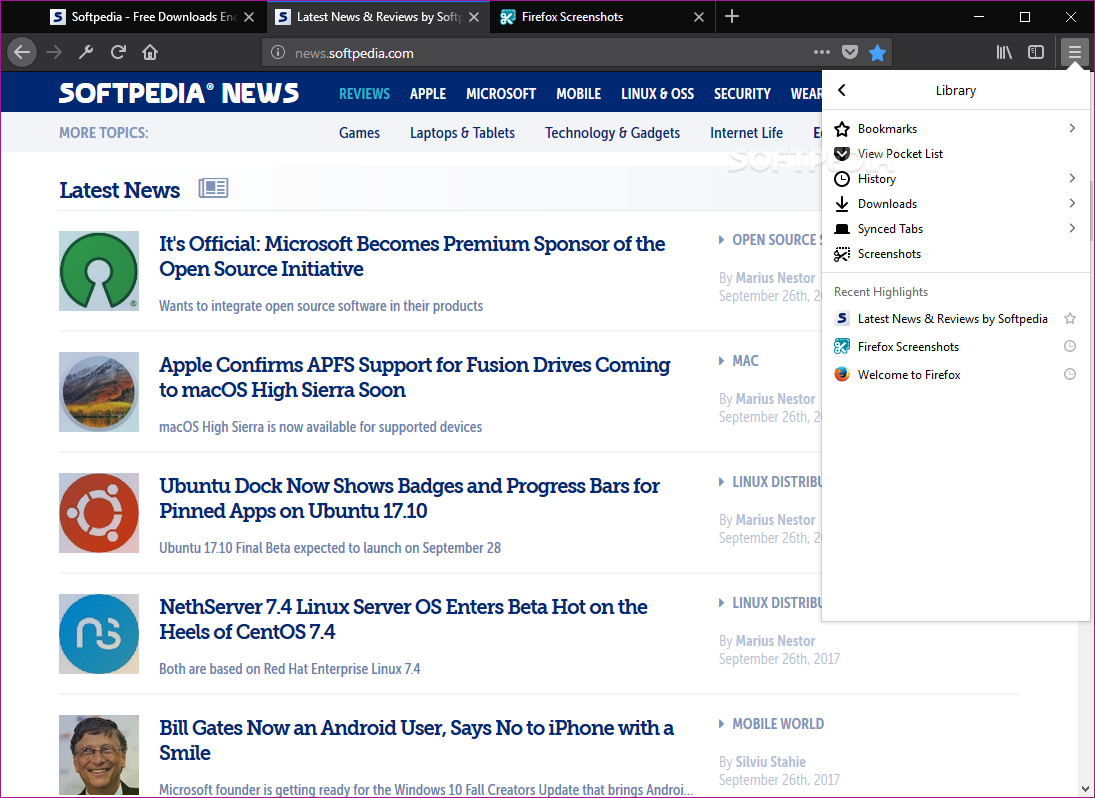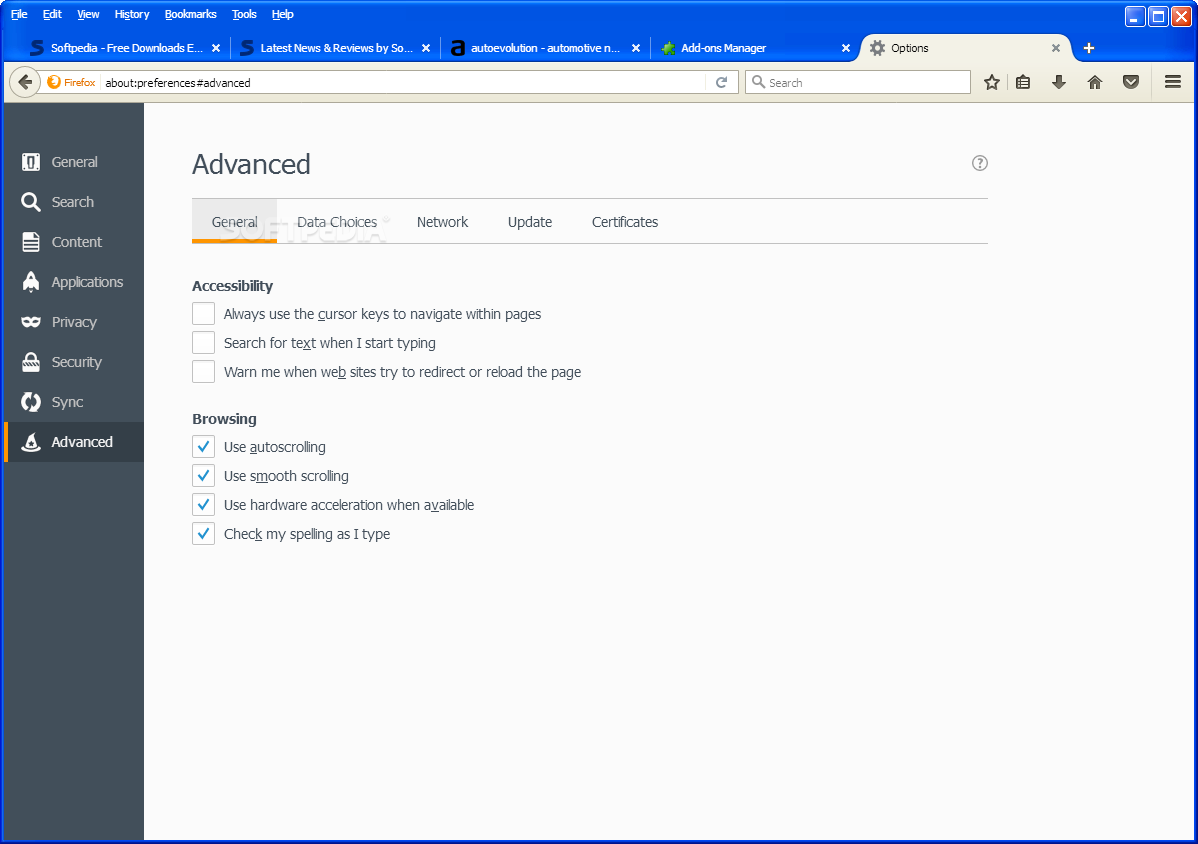
In this tutorial we will install the application for our user only. The next step consists into placing the Firefox directory somewhere more appropriate in our filesystem. If everything go as planned, in the directory from which we executed the command, we will find a new “firefox” directory. To perform an extraction, -verbose (optional) to make the name of the extracted files be printed on the terminal when they are extracted, -preserve-permissions to preserve the files permissions, and -bzip2 to specify how the tarball should be decompressed. We used the latter with some options: -extract If not otherwise specified, curl writes its output to stdout (standard output), so we use a pipe | to redirect said output and use it as the standard input ( stdin) of the tar application. We invoked curl using the -location option which is needed to make curl follow redirections, and providing the download URL. | tar -extract -verbose -preserve-permissions -bzip2 All we have to do is to run the following command: $ curl -location If you need to run 32-bit Firefox or manually install 64-bit Firefox, you can simply download and re-run the Windows (32-bit or 64-bit) Firefox installer from the Firefox platforms and languages download page.We can download the application also from the command line, using the curl utility if we combine it with tar via a pipe, we can extract the tarball “on the fly”. You can still manually install 64-bit Firefox, if you choose. If you see “(32-bit)” and are running Firefox 56.0.1 or newer, then your computer may not meet the minimum memory requirement for 64-bit (3 GB RAM or more).If you see “(32-bit)” and you are running Firefox 56.0 or older, updating to the latest Firefox version should automatically upgrade you to 64-bit.Check your Firefox version (in the “About Firefox” window) and look for “(32-bit)” or “(64-bit)” after the version number: If you’re running 64-bit Windows ( here’s how to check), your Firefox may already be 64-bit.


Linux and macOS users, fret not, you already enjoy a Firefox that’s optimized for 64-bit. Also, with the jump from 32 to 64 bits, a security feature called Address Space Layout Randomization (ASLR) works better to protect you from attackers. Here’s the key thing to know: 64-bit applications can access more memory and are less likely to crash than 32-bit applications. What’s the difference between 32-bit and 64-bit?

How much less? In our tests so far, 64-bit Firefox reduced crashes by 39% on machines with 4GB of RAM or more. That means you get a more secure version of Firefox, one that also crashes a whole lot less. Users on 64-bit Windows who download Firefox can get our 64-bit version by default.


 0 kommentar(er)
0 kommentar(er)
